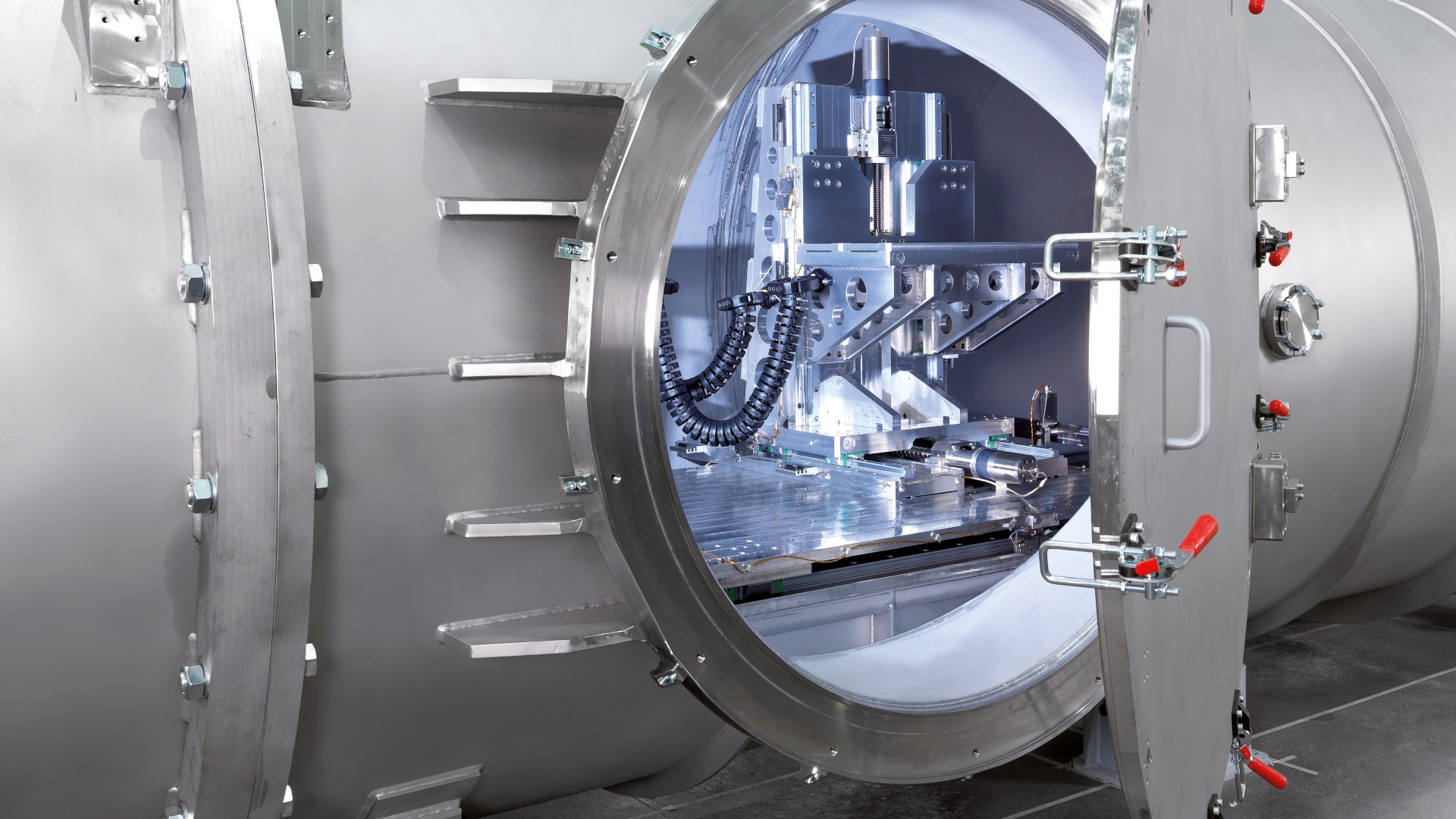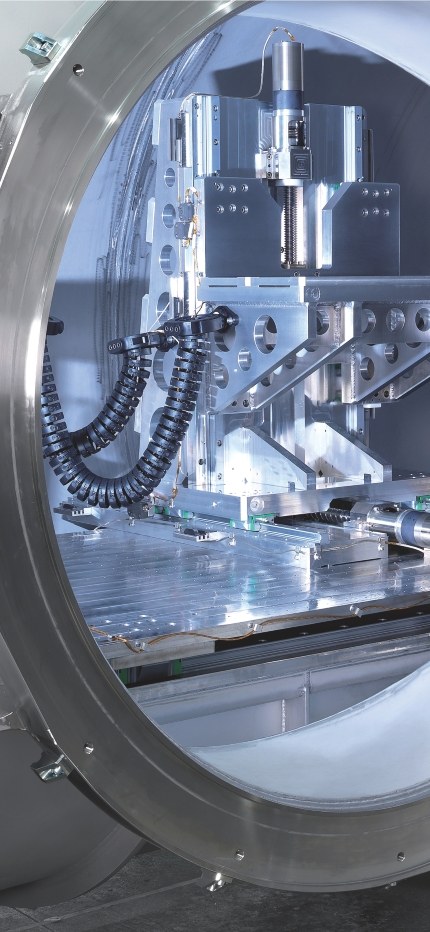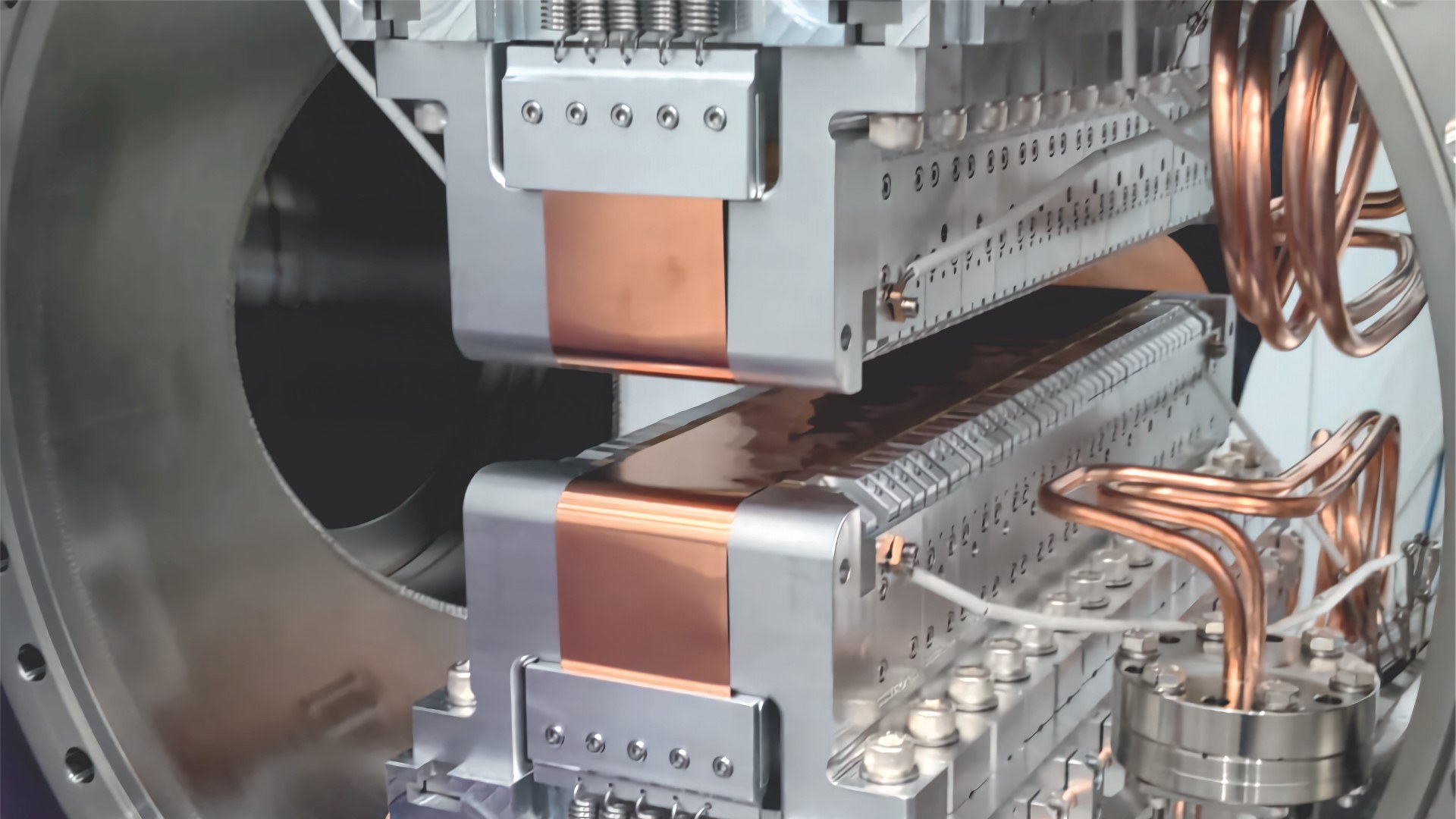
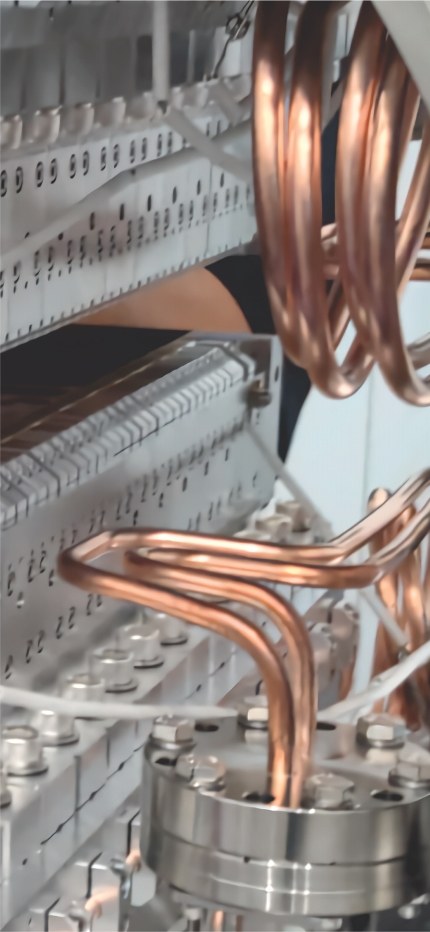
Our specialized areas
Driven by advanced engineering capabilities, we design and produce cutting- edge instrumentation for large-scale particle accelerator facilities, enabling innovation and precision in every component.
Where

The use electromagnetic fields to propel charged particles (such as electrons, protons or ions) to high speeds and direct them along specific paths. These accelerated particles are then used in a wide range of applications, including fundamental physics research, medical treatments (like cancer therapy), materials science and industrial processes.
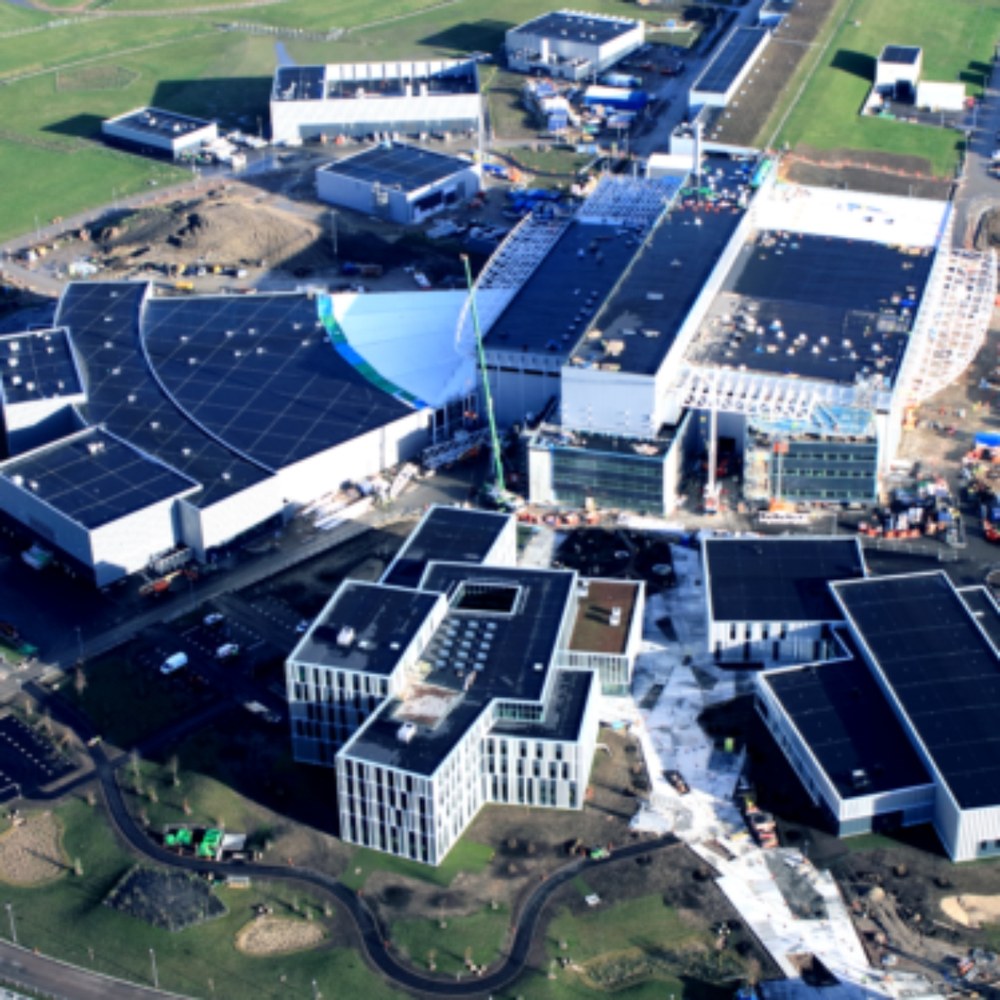
Free neutrons, typically through nuclear reactions or spallation processes and are used as powerful tools in scientific research. These neutrons are ideal for probing the structure and dynamics of materials at the atomic level, making them essential in fields such as condensed matter physics, chemistry, biology, materials science and engineering.

X-rays are used to examine the structure and properties of materials at the molecular and atomic level. Synchrotrons are powerful tools for scientific research in fields like biology, chemistry, physics, materials science and medicine.
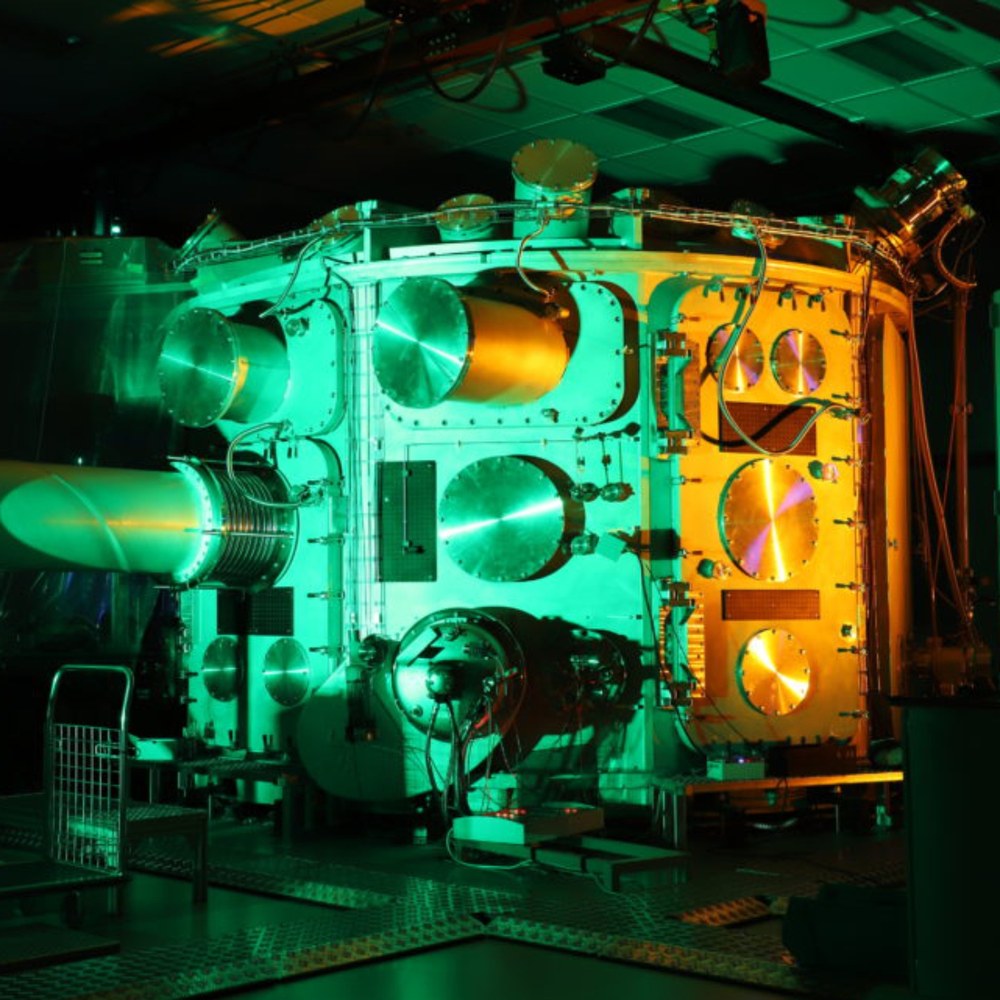
Extremely intense lasers are used in cutting-edge scientific research, including plasma physics, laser-driven particle acceleration, inertial confinement fusion, astrophysical simulations and emerging medical applications.
How

Generating ions by ionizing neutral atoms or molecules to produce controlled ion beams for scientific and industrial applications.
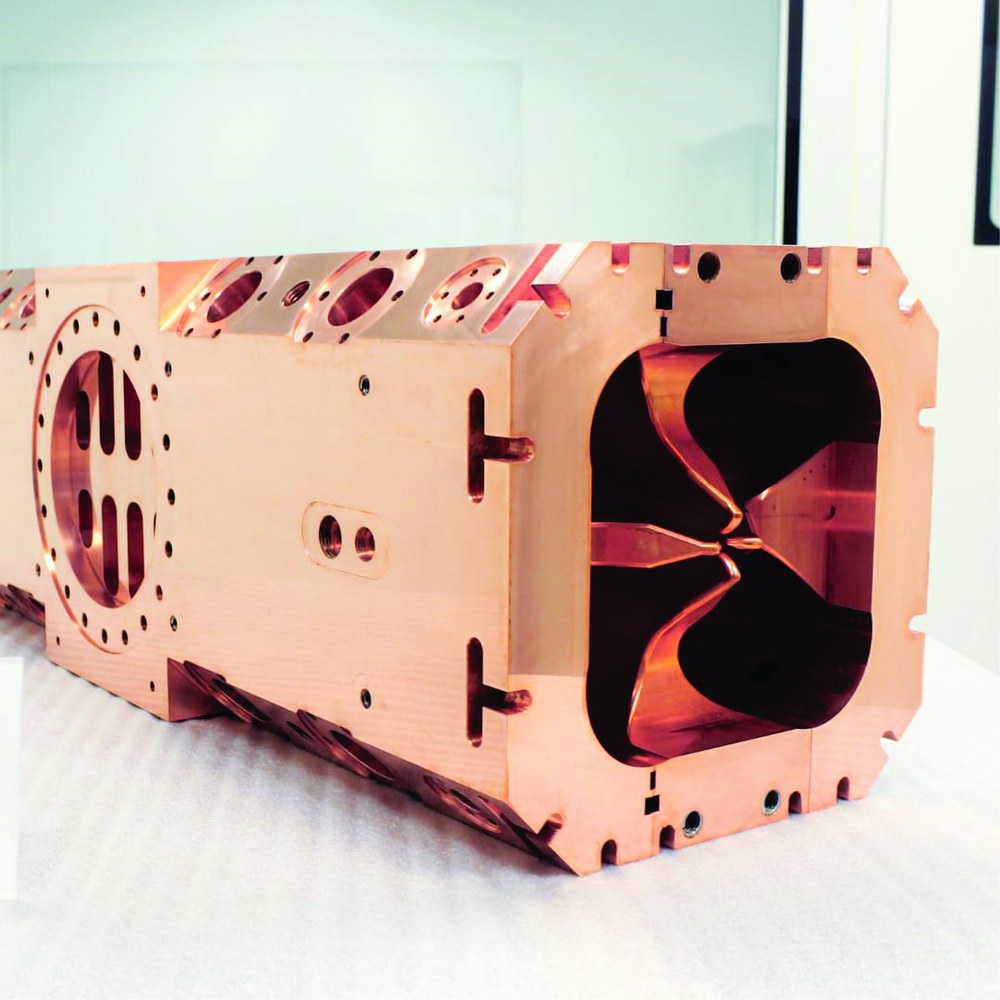
Low-energy beam transport and acceleration stage focuses, bunches and accelerates low-energy ion beams using radio-frequency electric fields.
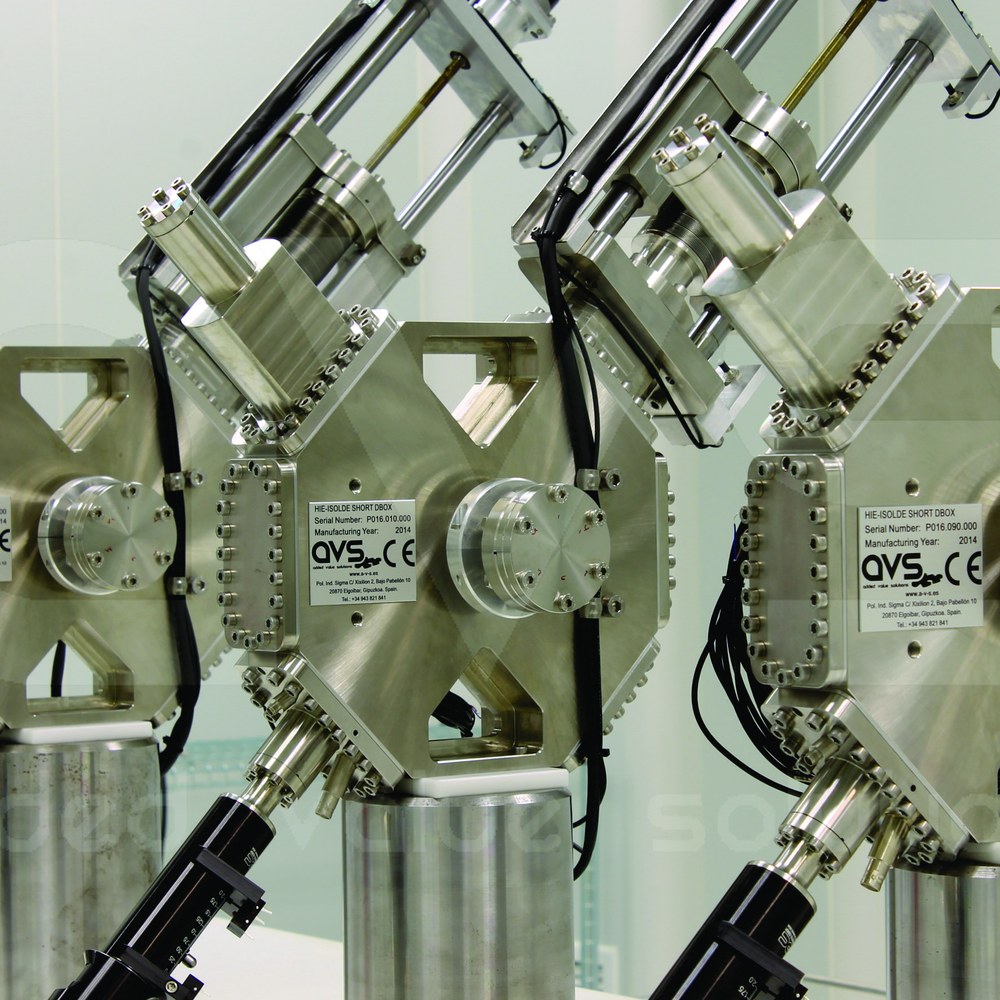
Monitoring and analysing the properties of a particle beam to ensure optimal beam quality and performance during acceleration.
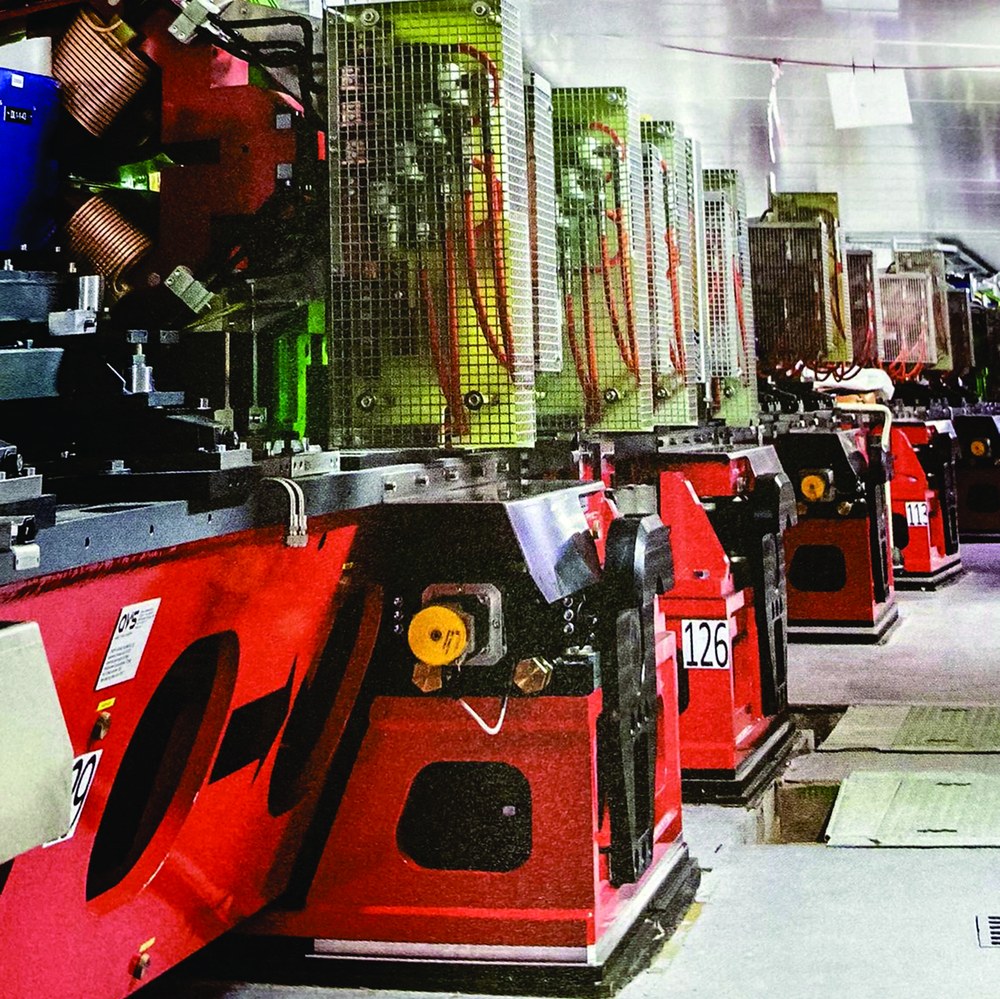
Structural stability to ensure precise positioning of the accelerator components.

Wigglers and undulators producing electromagnetic fields within a particle beam, modifying the beam's properties for advanced experiments.
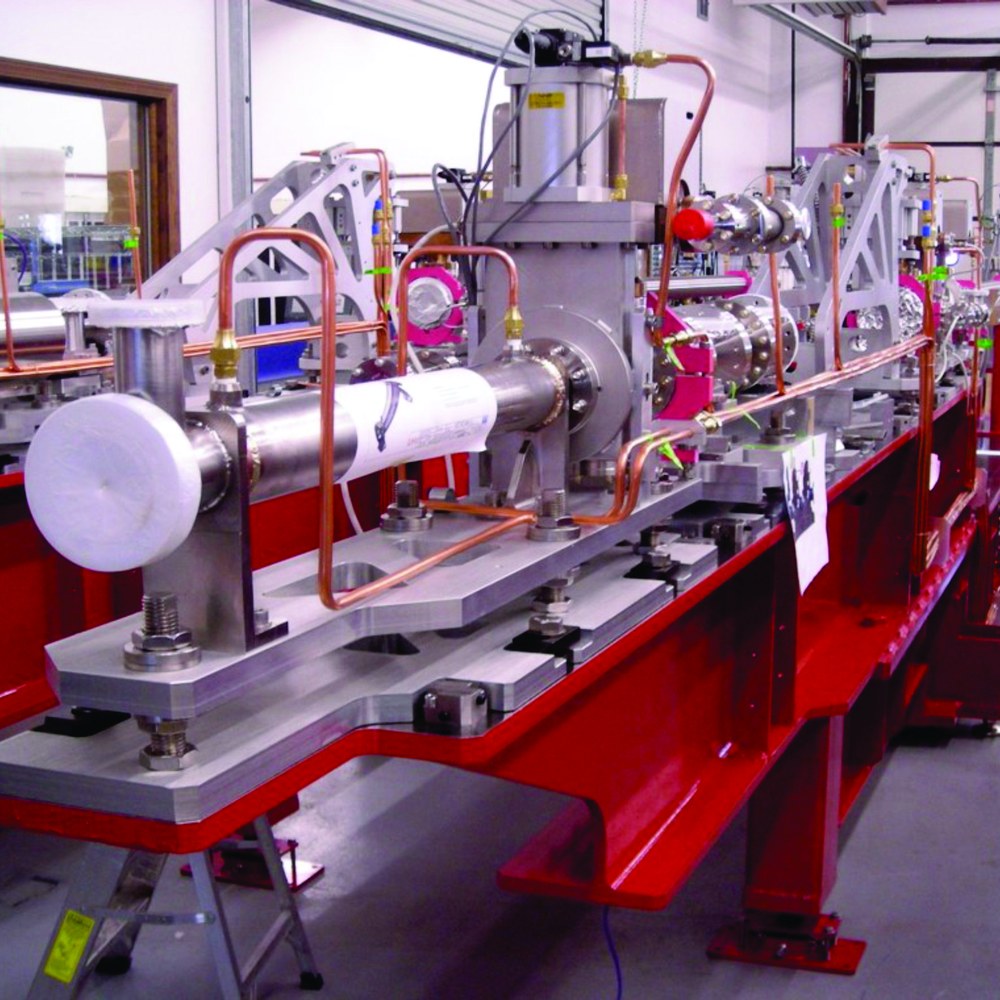
Used to direct high-energy X-rays produced by accelerators to specific experimental station.

Shaping and focussing a particle beam by limiting its size and directing its path, ensuring precise beam alignment.
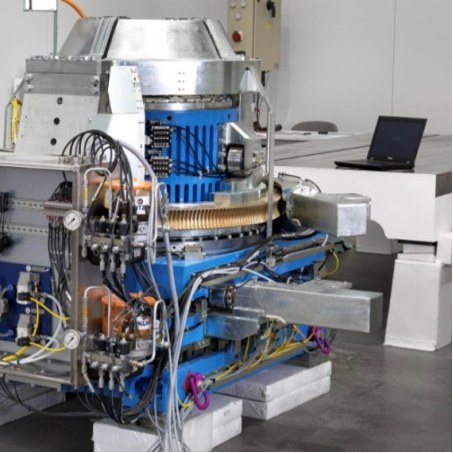
Reliable moving used to produce neutrons by bombarding it with high-energy particles, it is typically placed in a beam line or reactor to facilitate neutron-based experiments.
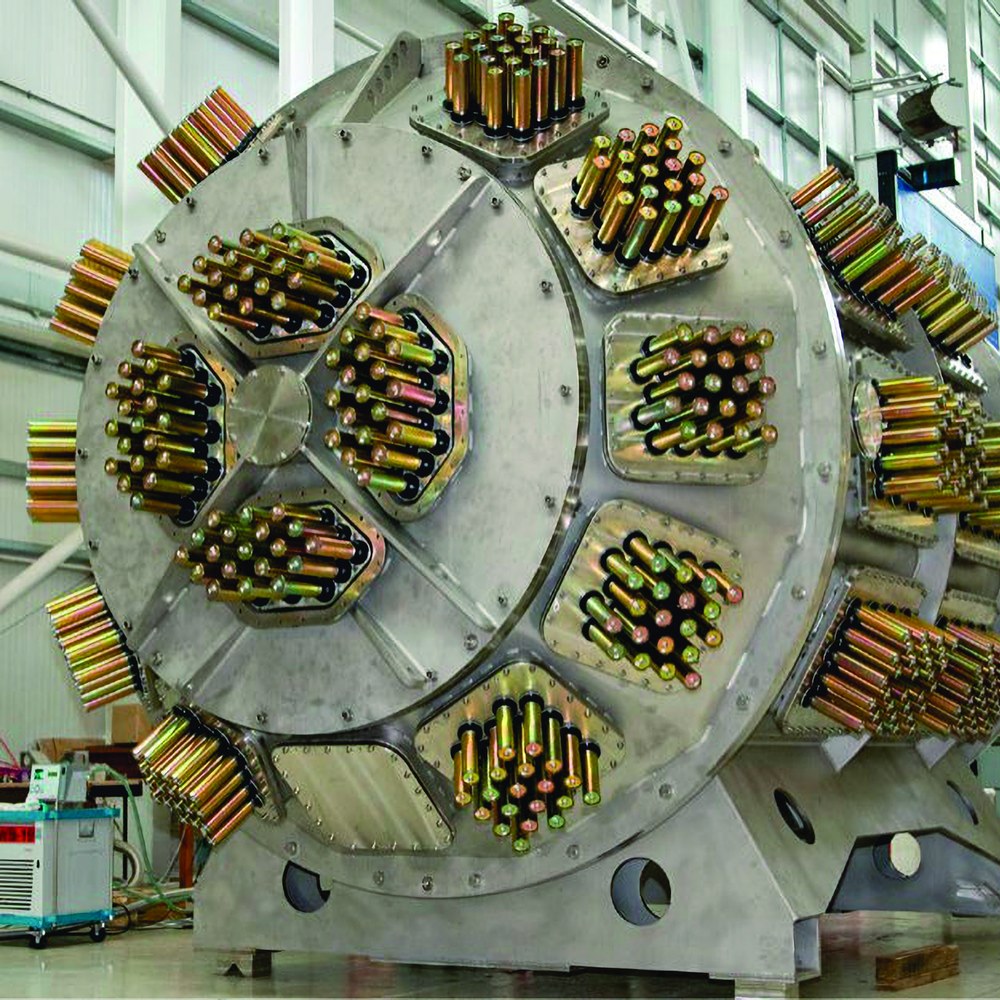
Neutron instruments are essential tools for probing the structure, dynamics and magnetic properties of materials. AVS develops diffractometers for crystal structure, spectrometers for atomic motion, SANS and reflectometers for nanoscale and surface analysis, neutron imaging for internal structure visualization and polarized neutron instruments for studying magnetism.

Tip tilt in vacuum high precision mechanisms for large optics to manipulate and focus high power laser beams.
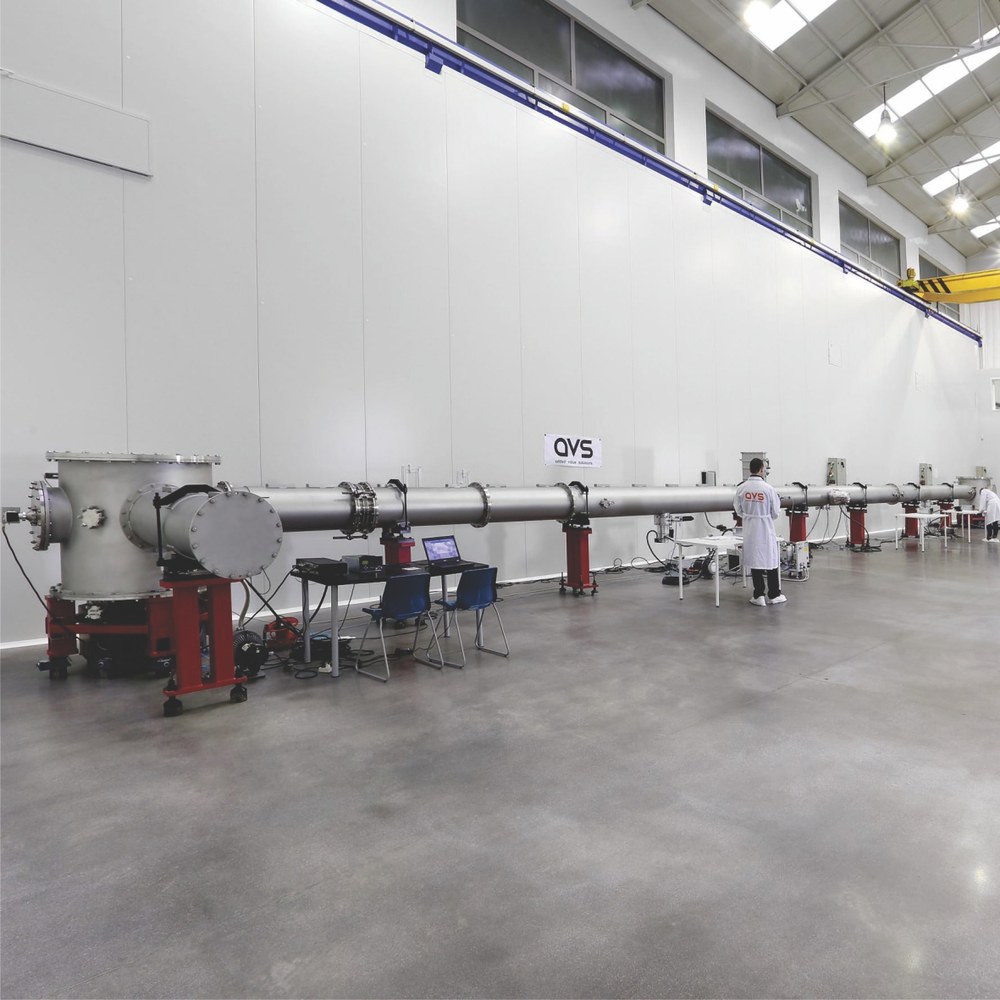
Ultra stable in vacuum high power lasers beam transports.
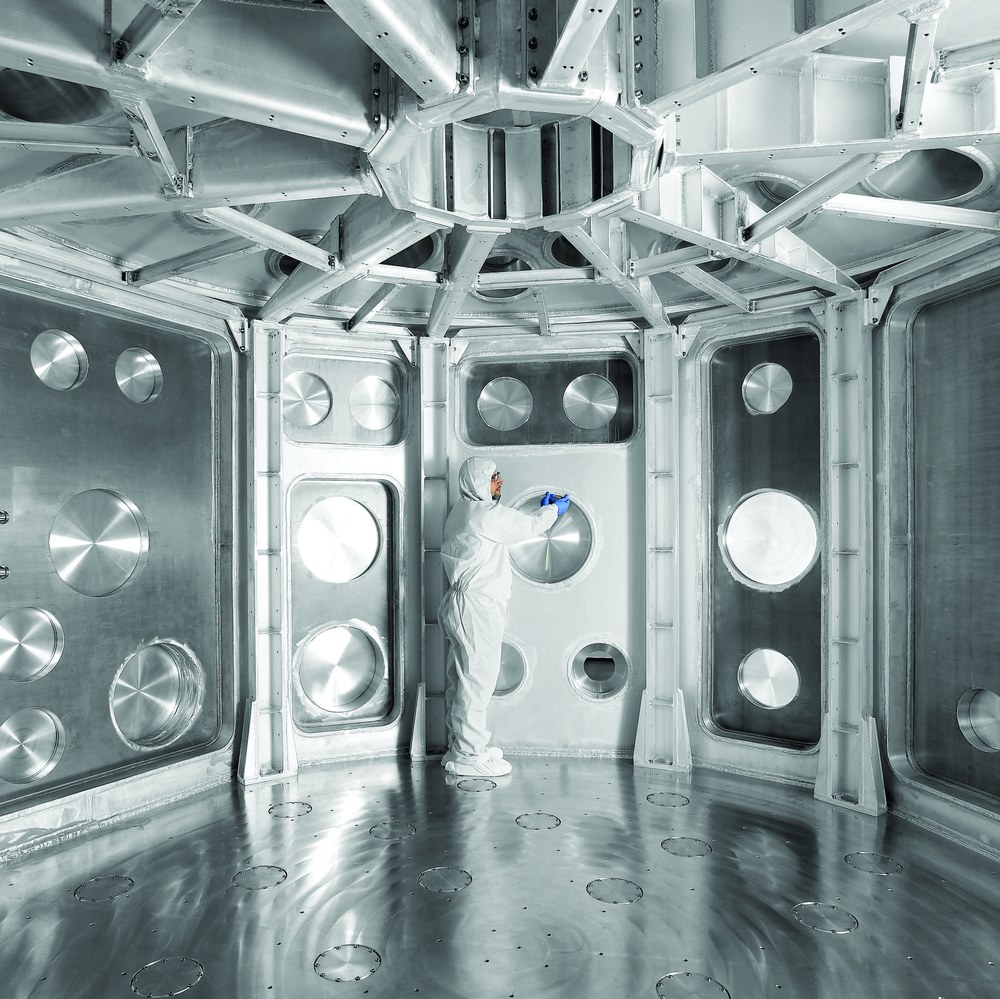
Highly controlled environment where ultra-intense laser pulses are focused onto a target material to study laser-matter interactions. These chambers are used in experiments involving plasma physics, particle acceleration, high-energy density science and fusion research. Designed to withstand extreme conditions (such as high temperatures, radiation and vacuum) they also include advanced diagnostics to capture the resulting physical phenomena with high precision.
Trusted by
Top scientific research institutions trust AVS for cutting-edge technologies and innovative solutions. Our proven track record highlights our commitment to excellence and reliability.
